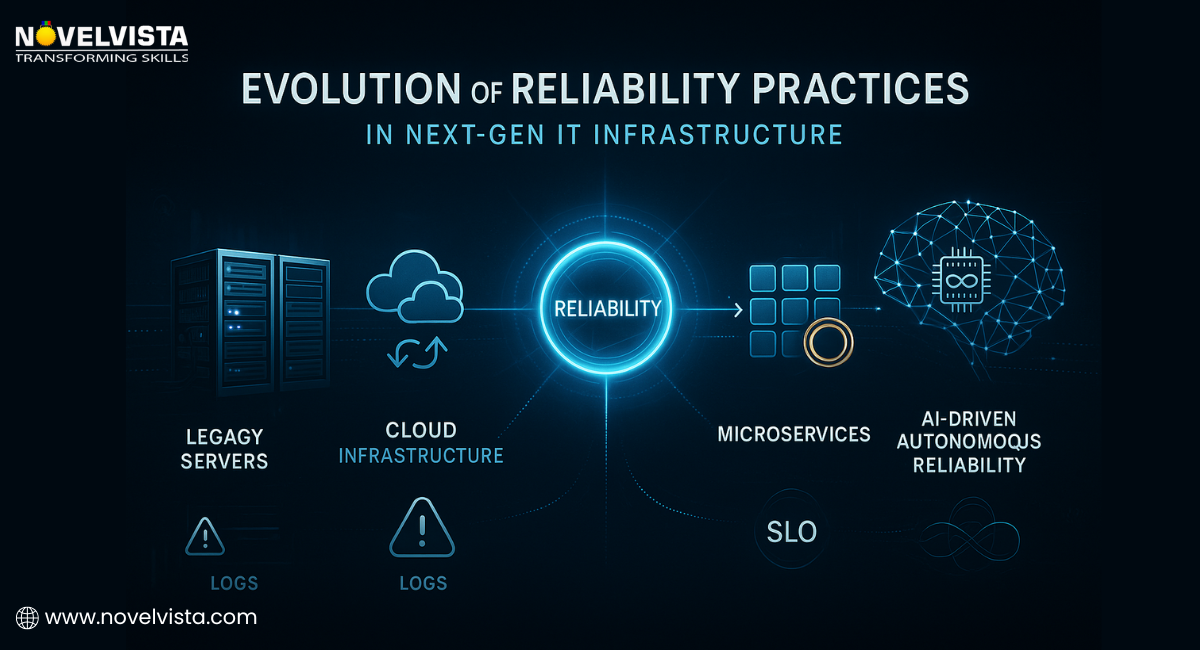
The way reliability is viewed in IT has completely transformed in the last decade. Earlier, enterprises focused only on traditional system uptime, server monitoring and reactive firefighting. Teams used manual dashboards, on-call engineers stayed overloaded, and operations always felt one step behind business demand. But today, in the era of cloud-native, digital-first, microservices driven ecosystem — reliability is not just a NOC responsibility. It is a strategic business capability. It defines customer experience, brand trust, and revenue continuity.
This shift from traditional IT Ops to modern SRE-driven reliability culture is redefining infrastructure engineering.
From Operational Support to Proactive Reliability Engineering
Previously, “reliability” meant ensuring servers don’t crash. Today, reliability means ensuring users always experience consistent, fast, secure and resilient digital journeys across distributed systems, APIs, containers, edge computing and AI workloads.
This evolution became necessary because modern IT stacks are extremely complex — multi cloud deployments, dynamic auto scaling, service mesh, ephemeral containers and real-time data streaming. Manual practices cannot match this pace and complexity.
SRE (Site Reliability Engineering) has emerged as the modern framework that bridges development and operations through automation, observability, service level thinking and continuous improvement.
Key Drivers Behind This Evolution
Cloud Transformation: Enterprises are shifting to multi-cloud and hybrid architectures. Reliability must now be standardized across multiple platforms, regions and environments.
Microservices Explosion: Breaking apps into 100+ interconnected services increased interdependencies. SRE practices define control and governance.
Digital Consumer Behavior: Users expect 100% seamless uninterrupted experience. Even seconds of downtime damage brand and revenue.
AI + Automation: Infrastructure self-healing is now the future. SRE is the foundation layer for automating reliability.
Modern Reliability Framework Approach
Reliability now includes:
Service Level Objectives (SLOs) to balance velocity vs stability
Golden Signals monitoring (Latency, Traffic, Errors, Saturation)
Error Budgets to enable controlled innovation
Observability rather than basic monitoring
Capacity planning through data intelligence
Chaos testing to build failure-resilient systems
This is why global organizations like Google, Netflix, Meta and LinkedIn depend heavily on SRE maturity to scale.
Why SRE Foundation Certification is Important
SRE Foundation Certification gives professionals the fundamental knowledge required to understand modern reliability culture. It trains engineers, developers, ops and even leaders on why SLOs matter, how to reduce toil, how to integrate automation, and how to build reliability mindset instead of reactive firefighting behavior.
It upgrades general IT engineers into high-demand reliability focused talent — which today every company is actively hiring for. Job titles like SRE Engineer, Reliability Specialist, Cloud Reliability Analyst and Platform Engineer are growing fastest in enterprise recruitment.
For learners, this certification builds the base layer required to move confidently into cloud, DevOps and platform engineering streams.
Why SRE Practitioner Certification is Important
Once foundation is mastered, the SRE Practitioner Certification helps professionals apply reliability design principles hands-on. The practitioner is more advanced. It focuses on real implementation, advanced automation, measuring reliability KPIs, designing SLO dashboards, eliminating operational toil, chaos experiments, and building reliability workflows inside real enterprise pipelines.
For organizations, hiring certified SRE practitioner talent accelerates their cloud maturity and reduces failure cost drastically. For professionals, it becomes a major career differentiator with proven skill validation and higher salary advantage.
Conclusion
Modern IT infrastructure is evolving rapidly — and reliability is no longer optional. It is business-critical. SRE is the framework that ensures organizations design, measure and continuously improve reliability using engineering principles, automation and measurable outcomes.
SRE Foundation gives the strong base and language of reliability.
SRE Practitioner turns this knowledge into real-world implementation power.


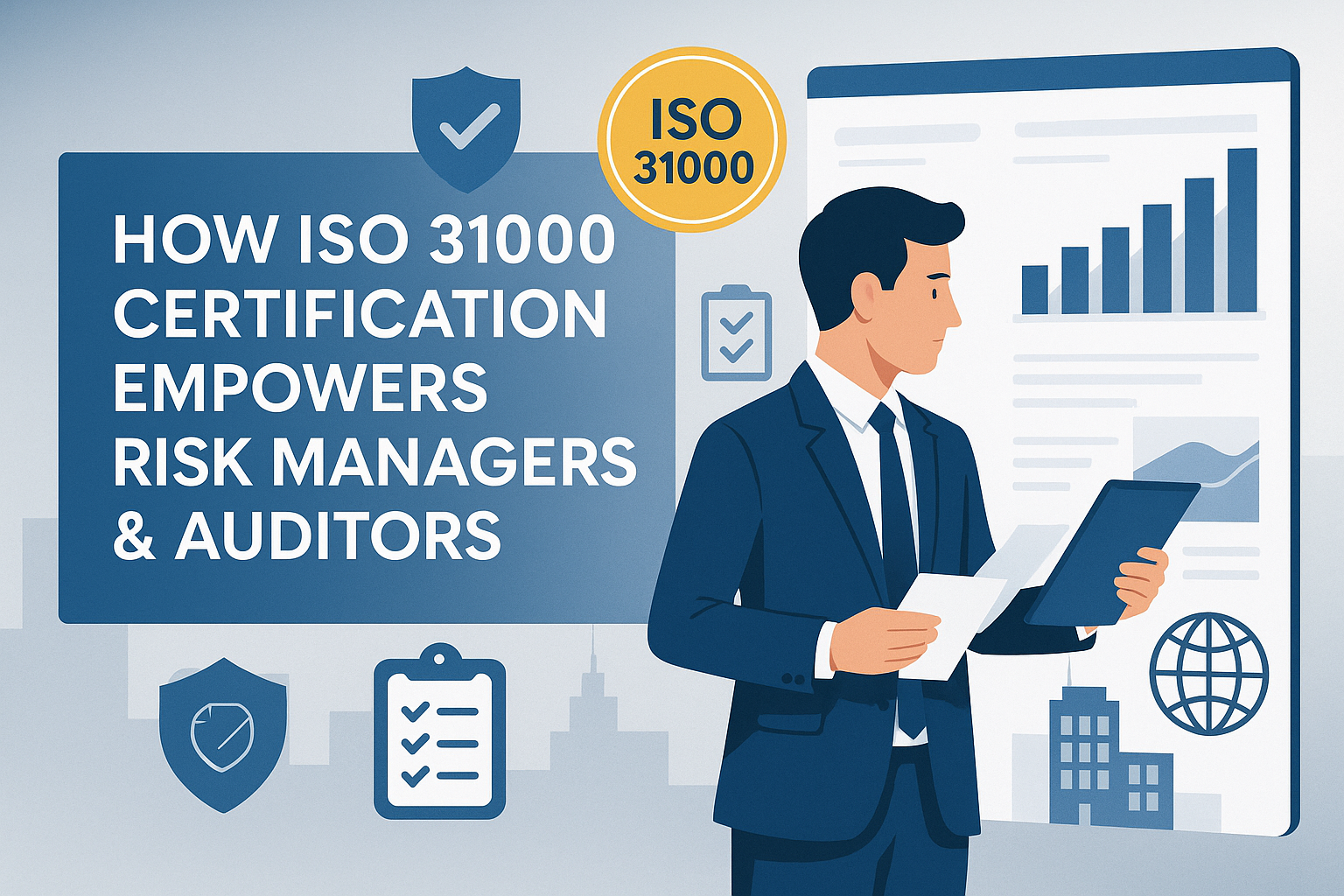



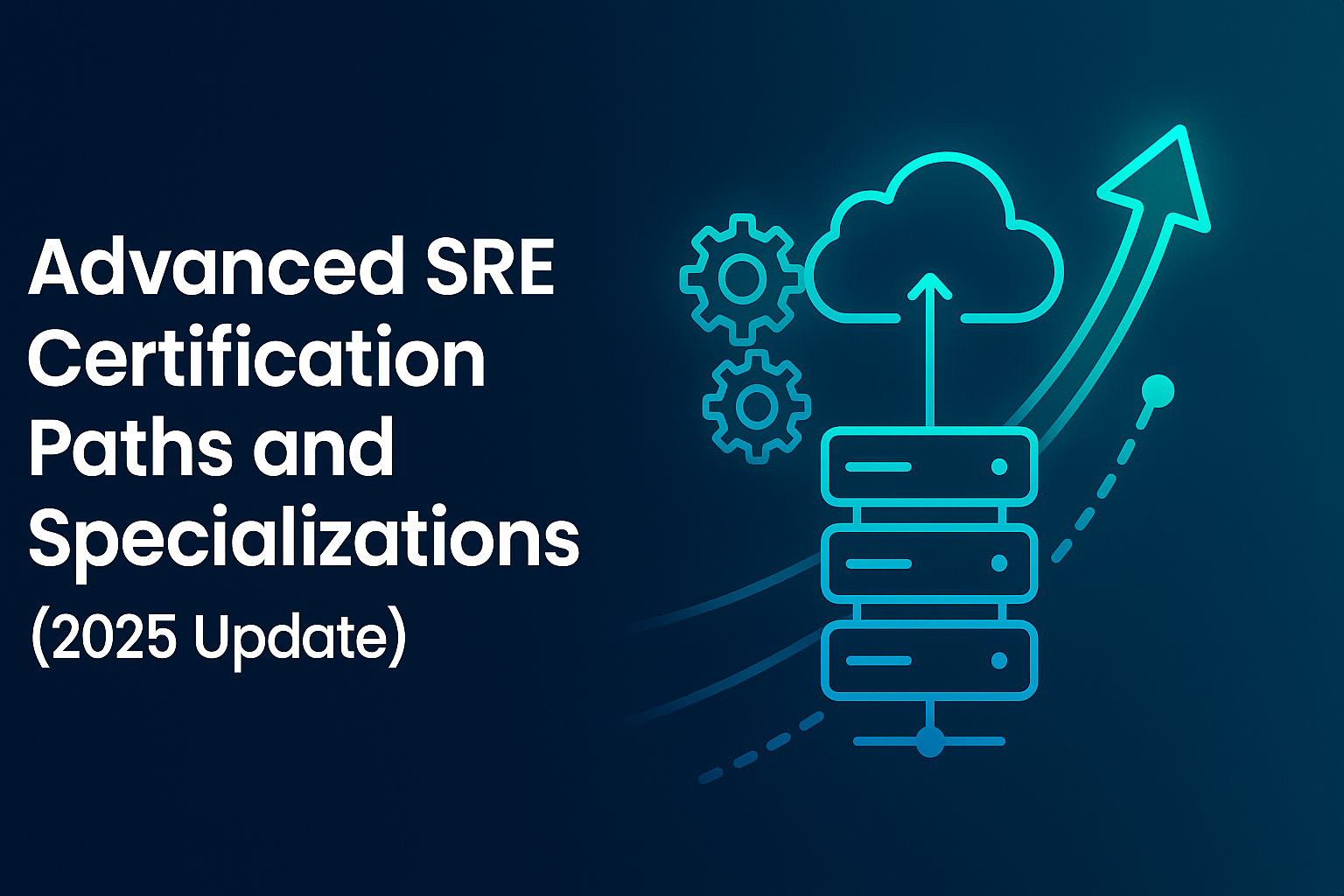
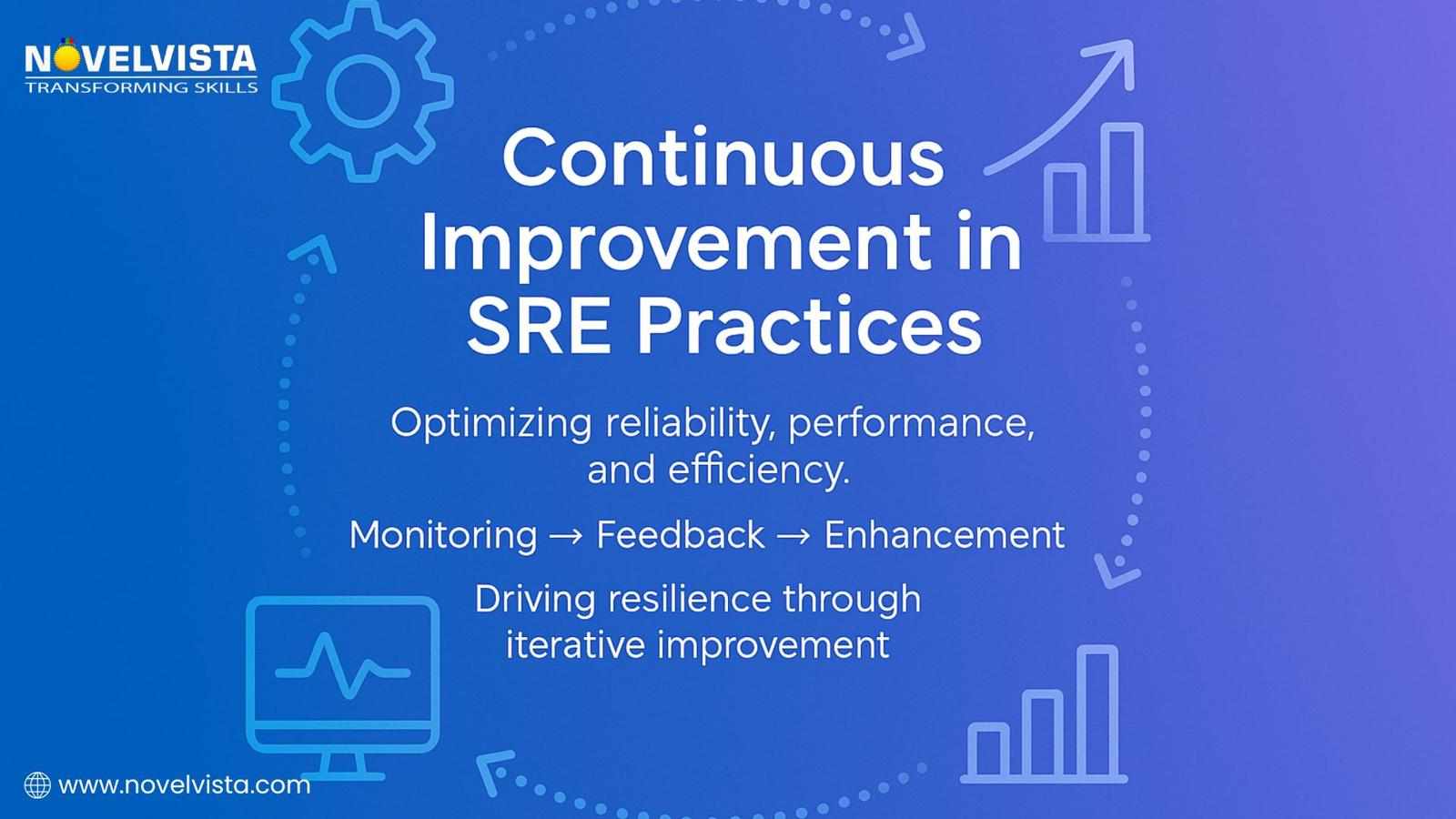
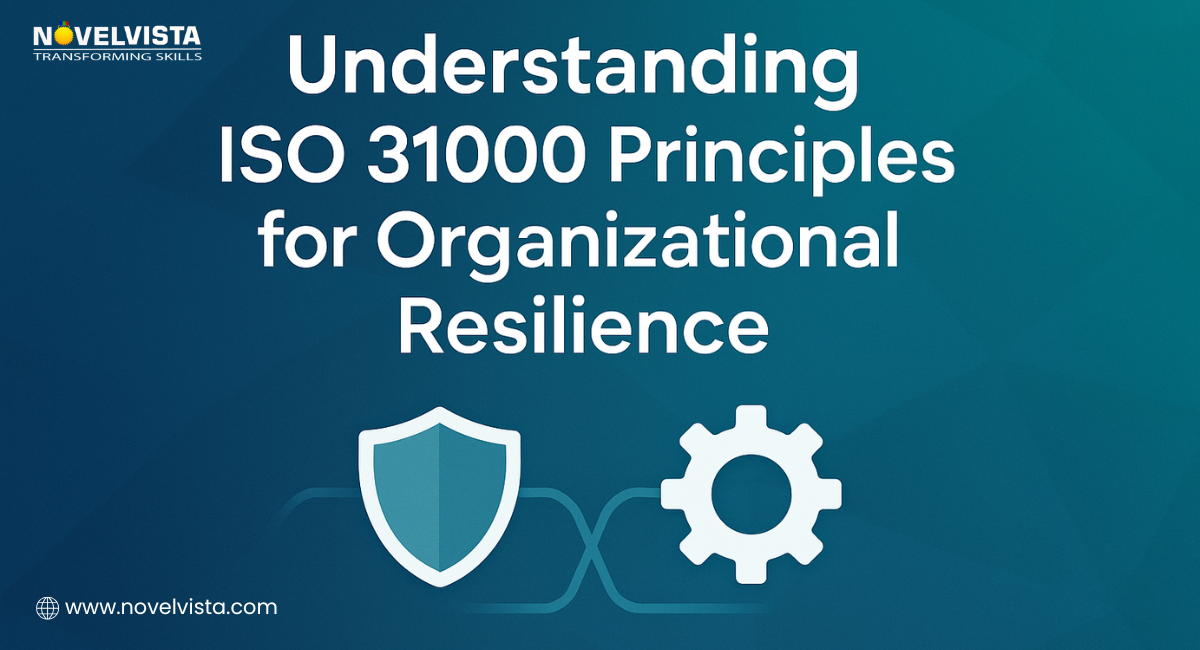

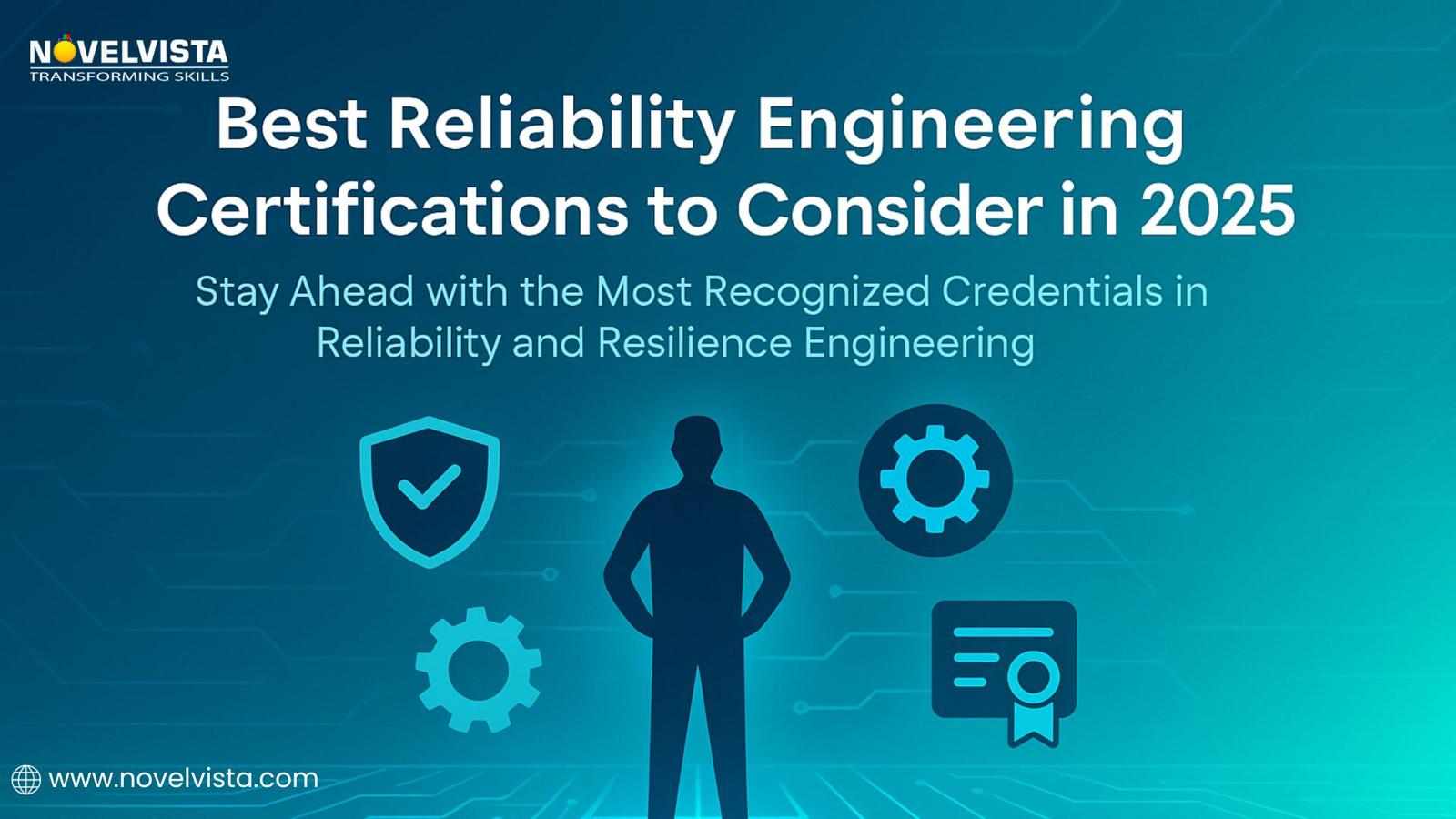
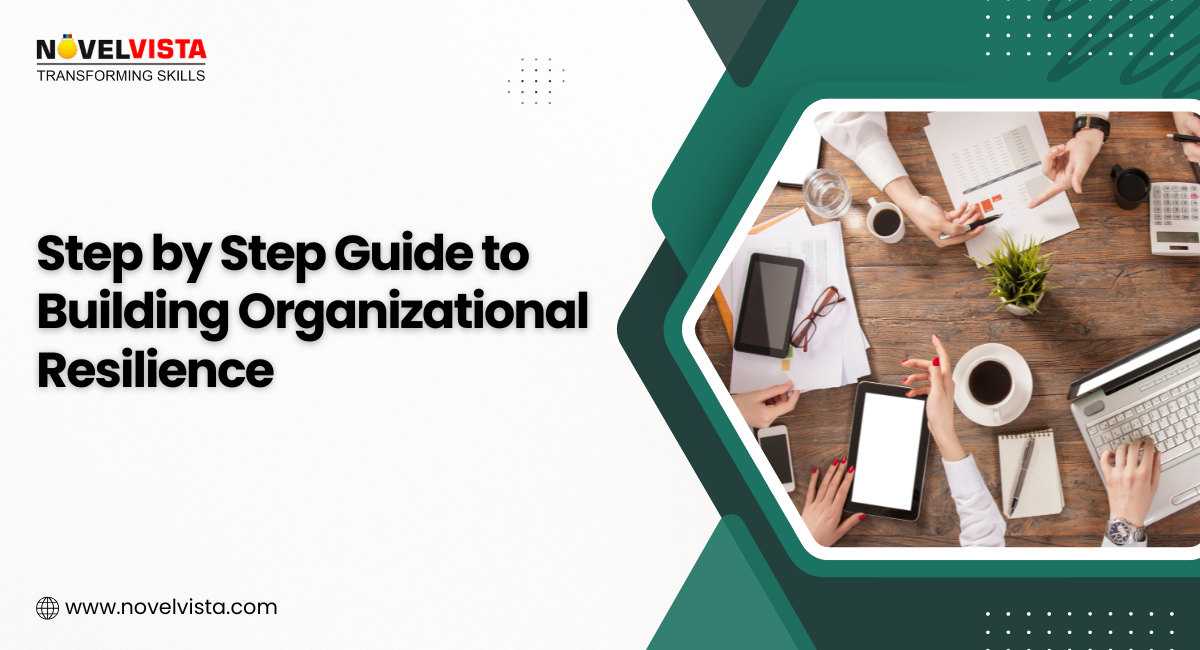
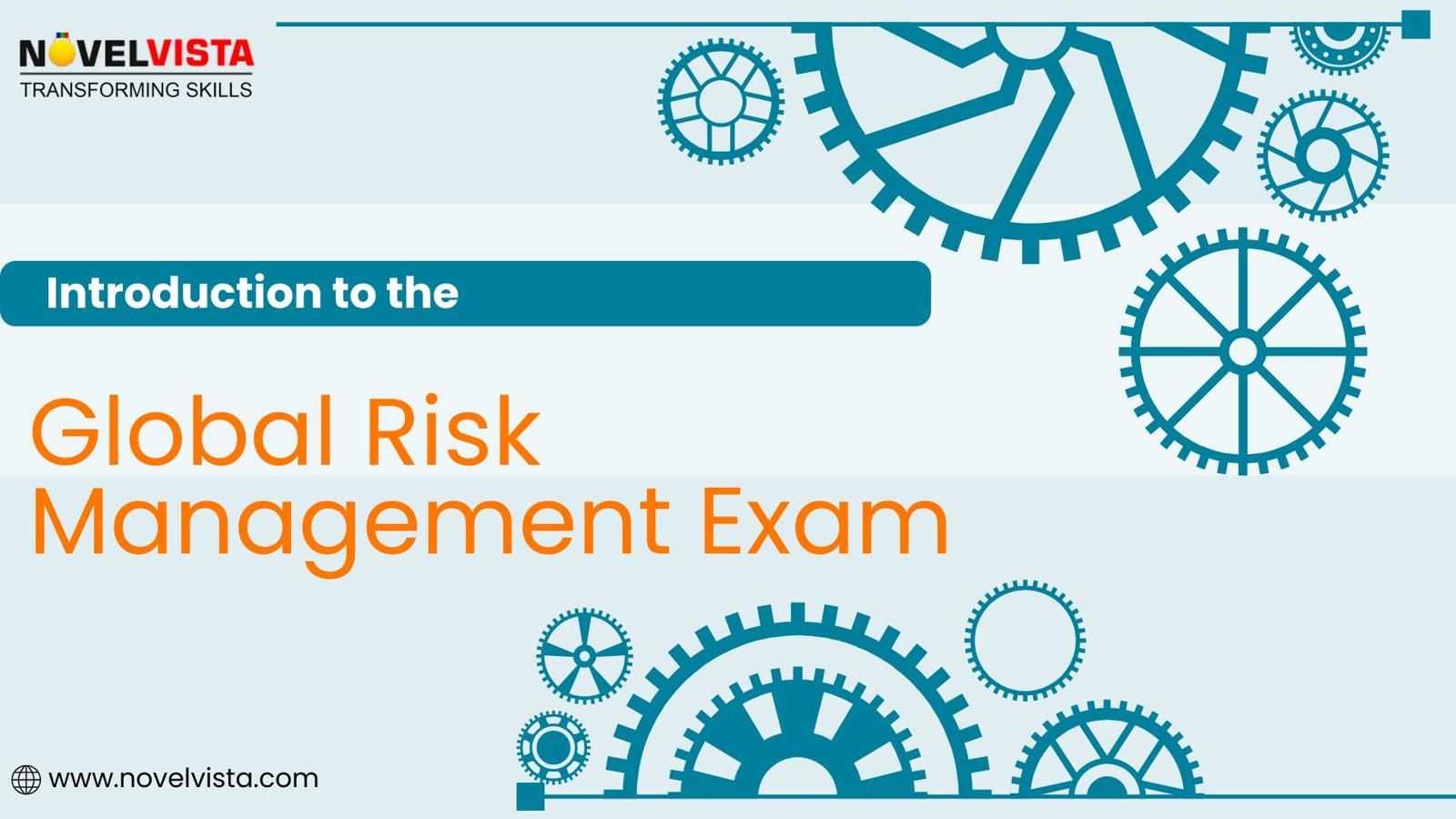





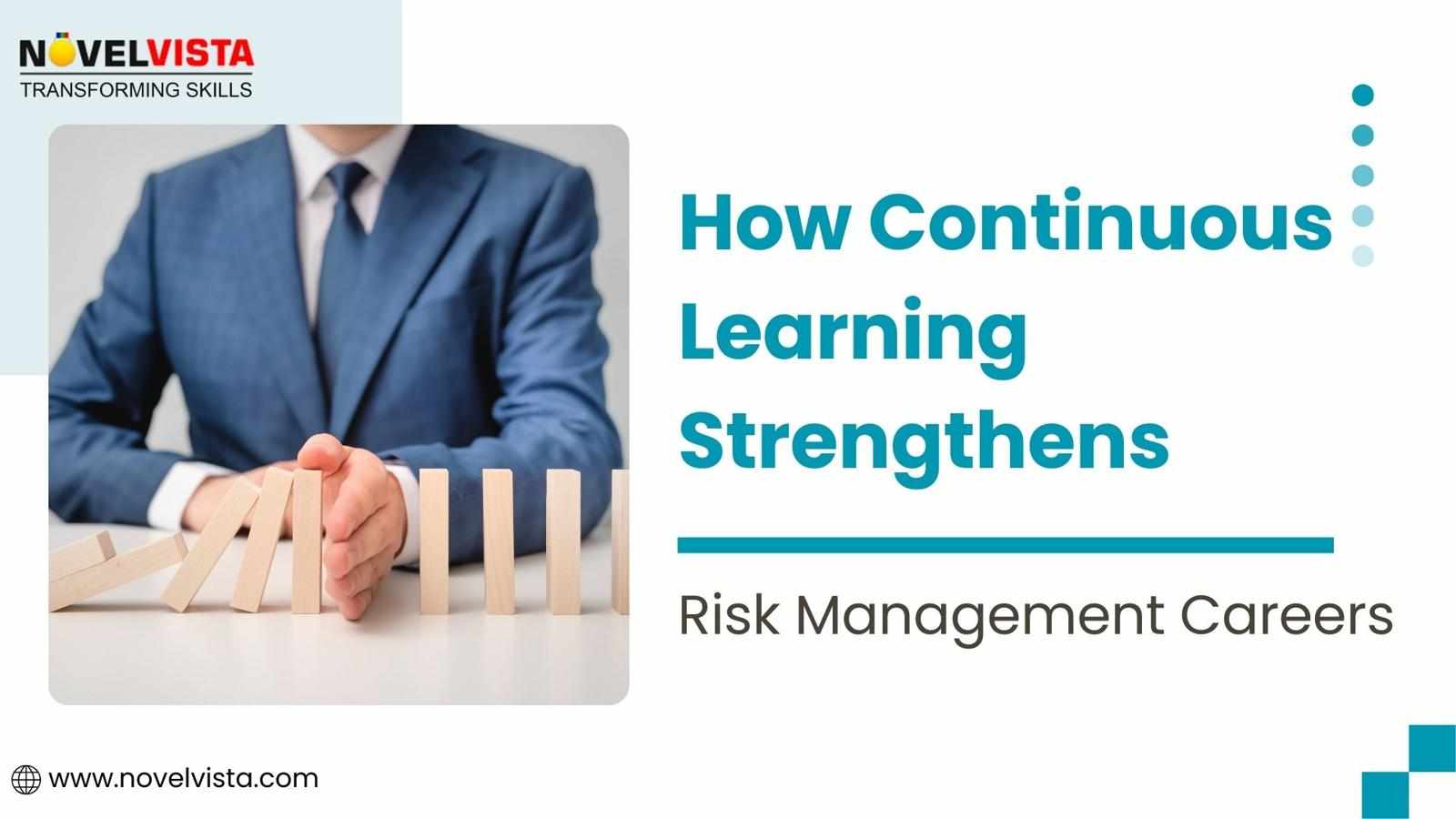

Write a comment ...